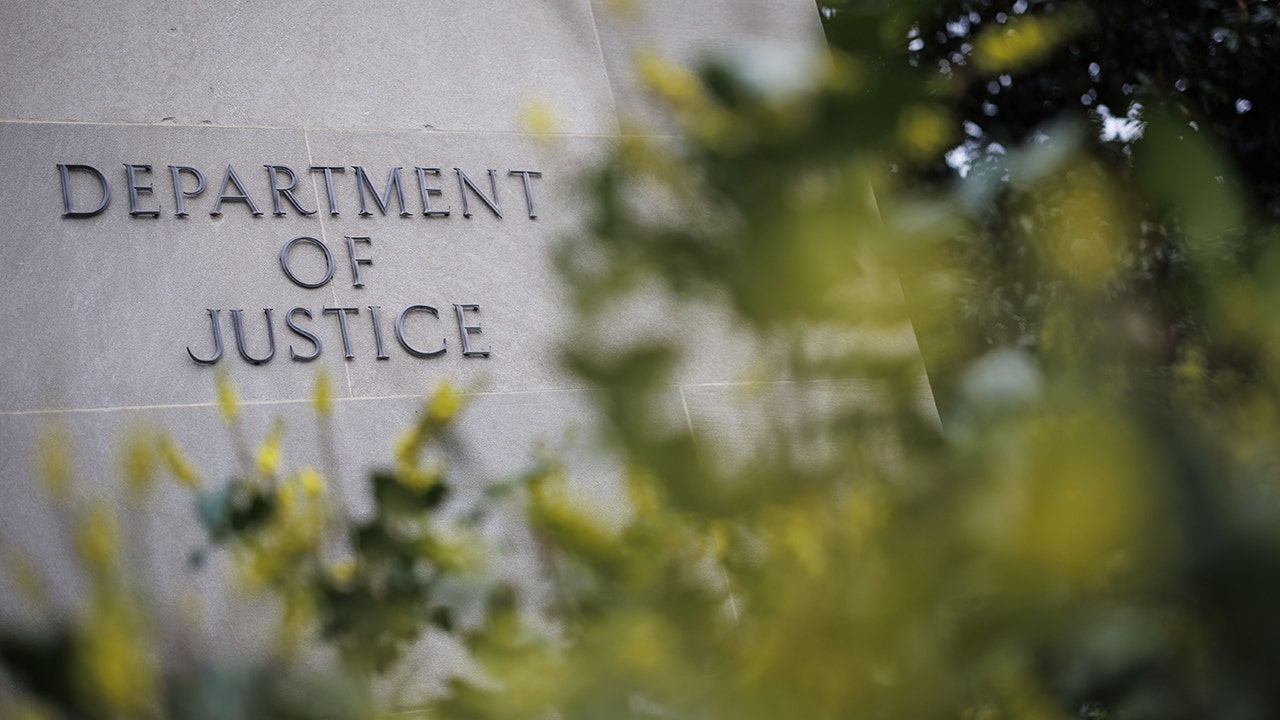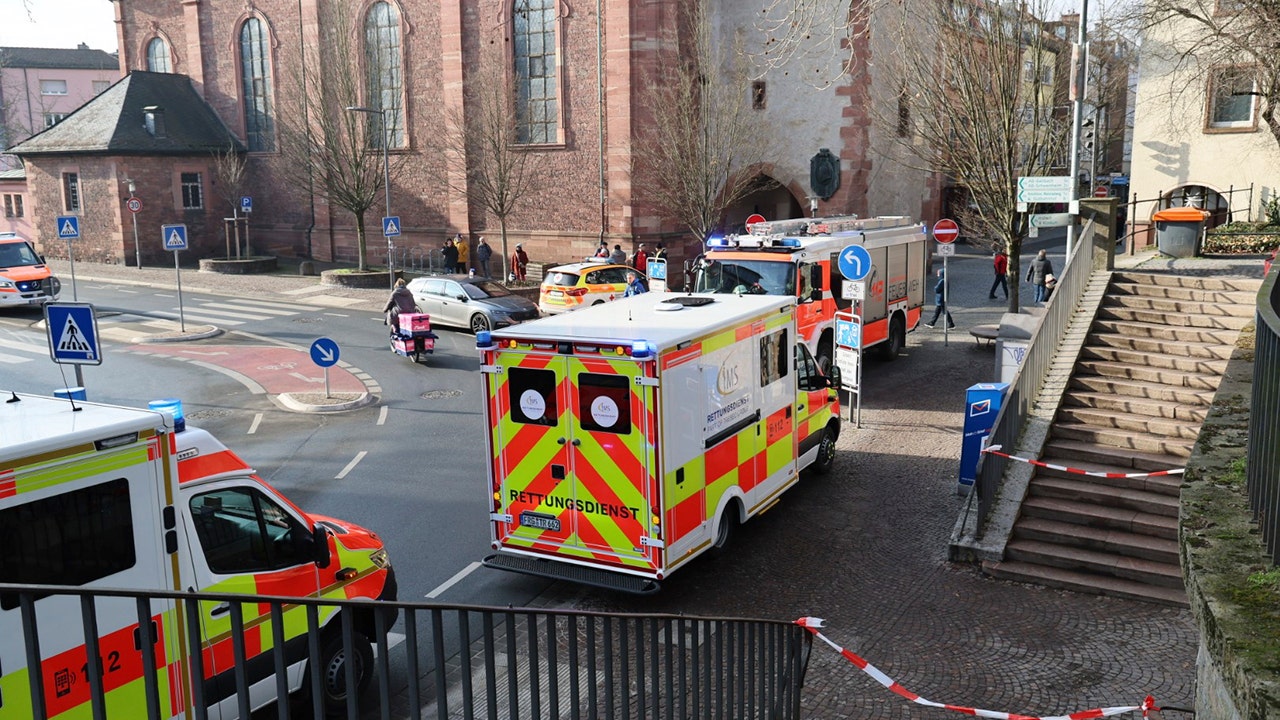UNAIDS, the main advocate for coordinated global action on the HIV/AIDS pandemic, and the UN Development Progarmme (UNDP) offices in India have been important partners in this effort.
On this International Day Against Homophobia, Biphobia and Transphobia (IDAHOBIT), celebrated annually on 17 May, we reflect on the journey of some members of this community in India and shed light on the challenges they are still faced with.
‘All hell broke loose’
Noyonika* and Ishita*, residents of a small town in the northeastern Indian state of Assam, are a lesbian couple working with an organization advocating for LGBTQIA+ rights.
But despite her advocacy role in the community, Noyonika has been unable to muster the courage to tell her own family that she is gay. “Very few people know this,” she says. “My family is very conservative, and it would be unthinkable for [them] to understand that I am gay.”
Noyonika’s partner, Ishita, is Agender (not identifying with any gender, or having a lack of gender). She says that she realized in childhood that she was different from other girls and was attracted to girls rather than boys. But her family is also very conservative, and she has not told her father about her reality.
Twenty-three-year-old Minal* and 27-year-old Sangeeta* have a similar story. The couple are residents of a small village in the northwestern state of Punjab. They now live in a big city and work for a well-regarded company.
Sangeeta said that although her own parents eventually came to terms with the relationship, Minal’s family was extremely opposed to the point of harassing the couple. “All hell broke loose,” said Minal.
“In 2019, we got permission to live together through a court order,” Sangeeta explained, but after this Minal’s family started threatening her over the phone.
“They used to say that they would kill me and put my family in jail. Even my family members were scared of these threats. After that [Minal’s family] kept stalking and harassing us for two to three years,” she said.
Today, Sangeeta and Minal are still struggling to have their relationship legally recognized.
*Names have been changed to protect identities.
Struggles for acceptance
Heart-rending stories like these can be found across India, where societal prejudices and harassment continue to plague lesbian, gay, bisexual, transgender, queer and intersex communities.
Sadhna Mishra, a transgender activist from Odisha, runs a community organization called Sakha. As a child, she faced oppression because she was seen as not conforming to societal gender norms. In 2015, she underwent gender confirming surgery and her journey towards her authentic self began.
Recalling the painful days of her childhood, she said, “Because of my femininity, I became a victim of rape again and again. Whenever I used to cry, my mother would ask why, and I would not be able to say anything. I used to ask why people called me Chhakka and Kinnar [transgender or intersex]. My mother would smile and say that’s because you are different and unique.”
It is because of her mother’s faith in her that Sadhna is now active in fighting for the rights of other transgender persons.
Still, she remembers well the hurdles she has faced, like the early days of trying to get launch her organization and the difficulties she had even finding a place for Sakha’s office. People were reluctant to rent space to a transgender person, so Sadhna was forced to work in public places and parks.
Social prejudices
A lack of understanding and intolerance towards the LGBTQIA+ community are similar, whether in larger cities or in rural areas.
Noyonika says that her organization sees many instances where a man is married to a woman because of societal pressure, without understanding his gender identity. “In villages and towns, you will find many married couples who have children and are forced to live a fake life.”
As for the rural areas of Assam where her organization works, Ishita gave the example of a cultural festival Bhavna being celebrated in Naamghars, or places of worship, where dramas based on mythological stories are presented.
The female characters in these dramas are played mostly by men with feminine characteristics. During festivals they are widely praised, and their feminine characteristics are applauded, but out of the spotlight, they can become victims of harassment.
“They are intimidated, they are sexually exploited, they are molested,” Ishita explained.
A slow path to progress
In recent years, there have been positive legal and policy decisions acknowledging the LGBTQIA+ community in India. This includes the 2014 NALSA (National Legal Service Authority) decision, in which the court upheld everyone’s right to identify their own gender and legally recognized hijras and kinnar (transgender persons) as a ‘third gender’.
In 2018, the application of portions of Section 377 of the Indian Penal Code to criminalize private consensual sex between men was ruled unconstitutional by India’s Supreme Court. Further, in 2021, a landmark judgment by the Madras High Court directed the state to provide comprehensive welfare services to the LGBTQIA+ communities.

United Nations advocacy
Communication is an important way to foster dialogue and help create a more tolerant and inclusive society, and gradually, perhaps even change mindsets.
To this end, UN Women, in collaboration with India’s Ministry of Women and Child Development, has recently contributed to the development of a gender-inclusive communication guide.
Meanwhile, the UNAIDS and UNDP offices in India are working to assist the LGBTQIA+ community by running awareness and empowerment campaigns, as well as provide those communities with better health and social protection services.
“UNAIDS supports LGBTQ+ people’s leadership in the HIV response and in advocacy for human rights, and is working to tackle discrimination, and to help build inclusive societies where everyone is protected and respected,” said David Bridger, UNAIDS Country Director for India.
He added: “The HIV response has clearly taught all of us that in order to protect everyone’s health, we have to protect everyone’s rights.”
In line with the UN’s 2030 Agenda for Sustainable Development and the Organization’s broad commitment to ‘leave no one behind’, UNDP, is working with governments and partners to strengthen laws, policies and programmes that address inequalities and seek to ensure respect for the human rights of LGBTQIA+ people.
Through the “Being LGBTI in the Asia and the Pacific” programme, UNDP has also implemented relevant regional initiatives.
Opportunities and challenges
UNDP India’s National Programme Manager (Health Systems Strengthening Unit), Dr. Chiranjeev Bhattacharjya said, “At UNDP India, we have been working very closely with the LGBTQI community to advance their rights.”
Indeed, he continued, there are currently multiple opportunities to support the community due to progressive legal landmarks like the NALSA judgement, decriminalization of same sex relationships (377 IPC) and the Transgender Persons (Protection of Rights) Act of 2019 which has raised awareness regarding their development.
“However, there are implementation challenges which will need multi-stakeholder collaboration and we will continue to work with the community to address them so that we leave no one behind,” he stated.
Even as the Indian legal landscape has inched towards broader inclusion with the repeal of Section 377, the country’s LGBTQIA+ communities are still awaiting recognition – and justice – when dealing with many areas of their everyday lives and interactions, for example: who can be designated ‘next of kin’ if one partner is hospitalized; can a partner be added to a life insurance policy; or whether legal recognition could be given to gay marriage.





